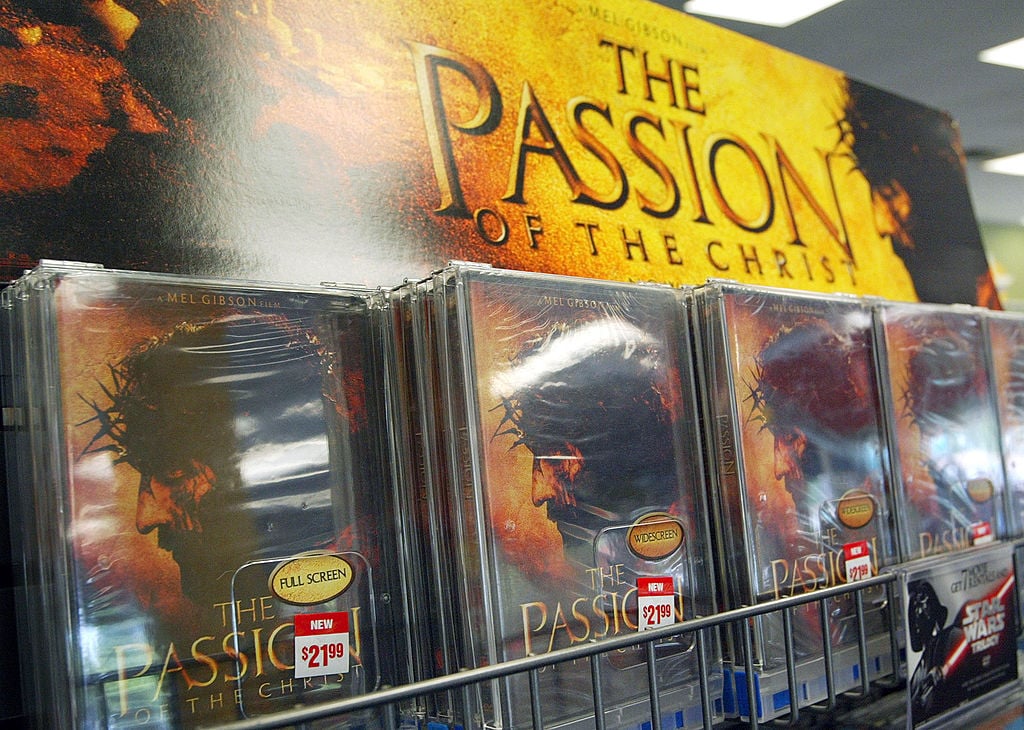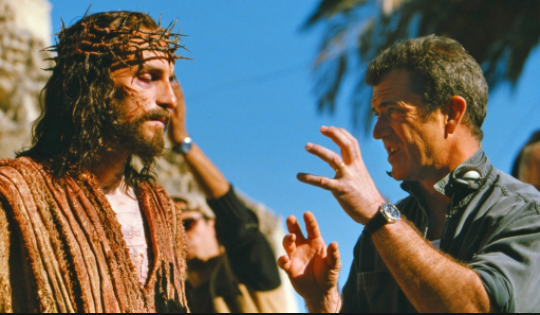Did Mel Gibson Force ‘The Passion of the Christ’ Cast to Learn Aramaic for the Film?
When The Passion of the Christ released in theaters in 2004 at the start of the Lenten season that year, its director, Mel Gibson, a star himself in films such as Braveheart, What Women Want, and Lethal Weapon, insisted on capturing the crucifixion of Christ with as much authenticity as possible.

For his cast, that surprisingly meant asking them – insisting – that they learn and become fluent in the nearly dead language that Christ and his contemporaries spoke: Aramaic.
The language of ‘The Passion of the Christ’
At the time of Christ, over two thousand years ago, Aramaic was the English of its era. It was everywhere, spoken in many countries. Columbia University linguistics professor John McWhorter explained the language’s expansion throughout the Middle East during its heyday.
“Aramaic . . .was the English of its time,” McWhorter wrote in The Atlantic in 2015, “a language that united a large number of distinct peoples across a vast region, a key to accessing life beyond one’s village, and a mark of sophistication to many. . .”
“Aramaic truly got around . . . By the time the Persians won the next round of Mesopotamian musical chairs in the 500s B.C.E., Aramaic was so well-entrenched that it seemed natural to maintain it as the new empire’s official language, instead of using Persian.”
Eventually, Aramaic fizzled out as the main language of the region. “After Alexander the Great conquered Persia in the fourth century B.C.E.,” McWhorter added, “. . . Greek, itself an exceptionally complicated language, eventually edged out Aramaic as Eurasia’s lingua franca.”
The language is still spoken in some parts of the world today, but is endangered and could see extinction within a decade.
The landmark film set a new standard
Before the release of The Passion of the Christ in 2004, religious films were known for being almost intentionally unrealistic (think of legendary actor John Wayne, known for his cowboy/Western films, appearing with his trademark drawl as a Roman centurion in 1965’s The Greatest Story Ever Told).
When the film released in 2004, the 64-year-old director’s goal was to have the film known for its accuracy and faithfulness to the Gospel accounts in the New Testament.

“I’ve never seen a rendering that equals this for reality,” the director told Bill O’Reilly on The O’Reilly Factor in 2003. “It’s usually either — the versions I’ve seen either suffer from bad hair, inaccurate history, or not just being real. And somehow, because of that, I think I think you’re distanced from them somehow. They’re more like fairy tales. And this actually happened. It occurred. I’m exploring it this way, I think, to show the extent of the sacrifice willingly taken.”
What was the point of filming ‘The Passion of the Christ’ in Aramaic?
O’Reilly asked the Mad Max actor what the point was of filming in Aramaic, considering how long it would take his cast to learn the language and, especially, to speak their lines without awkwardness, and sounding natural in doing so.

“The point is that I think you can transcend language with the message through image,” Gibson said. “And I’m very happy with what we’re getting.”


